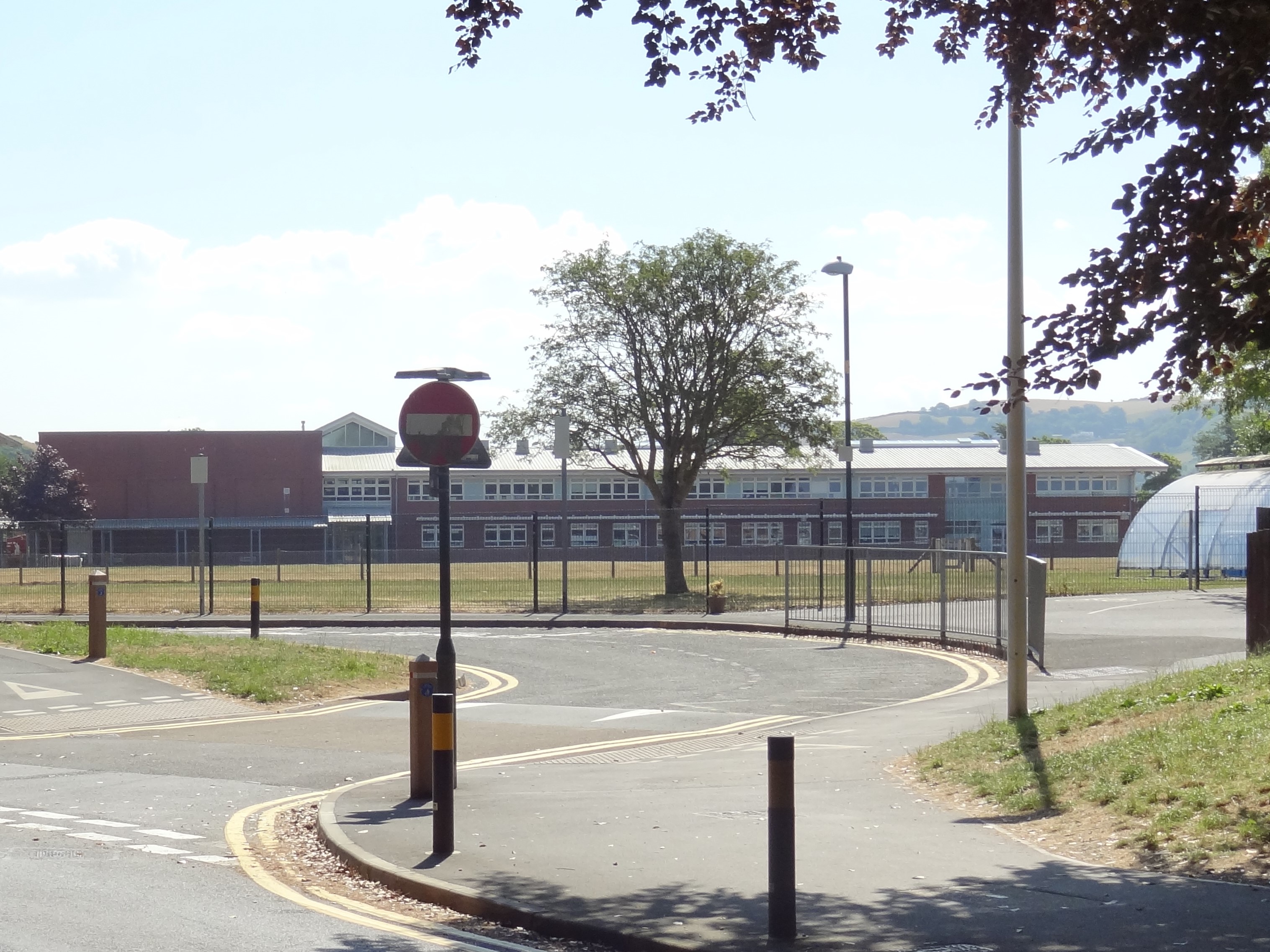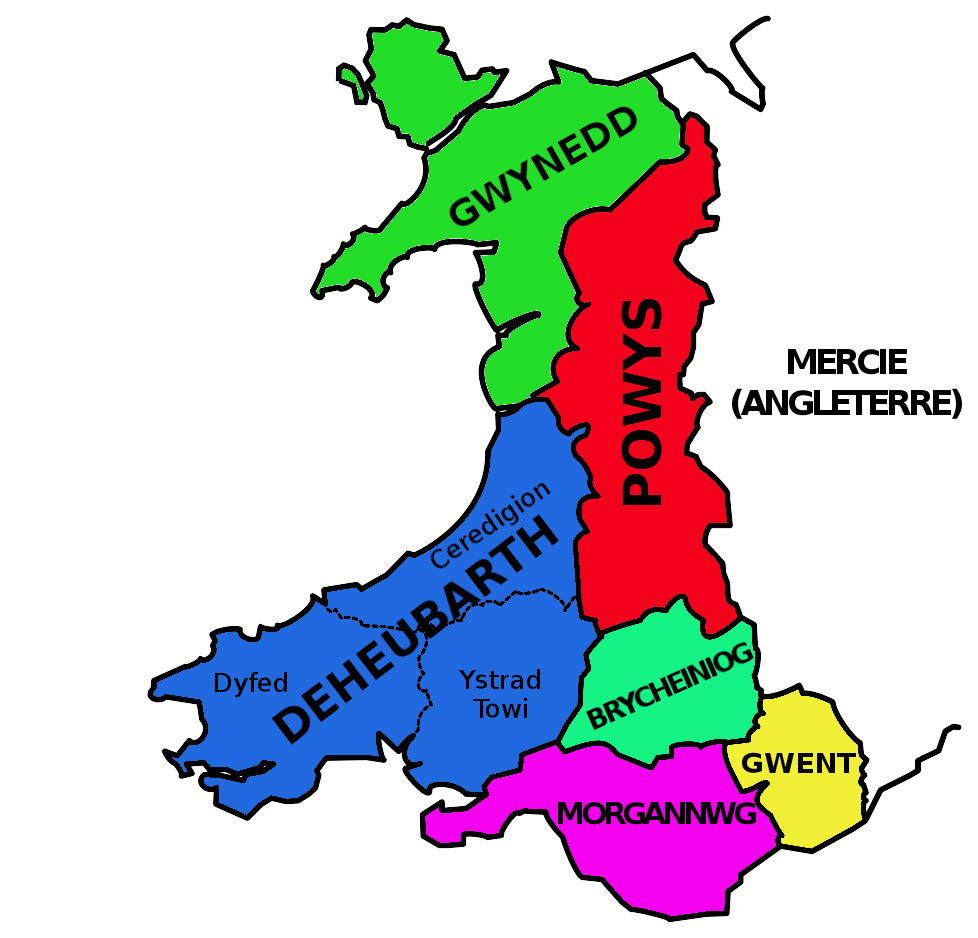|
Penweddig
Penweddig was a medieval cantref A cantref ( ; ; plural cantrefi or cantrefs; also rendered as ''cantred'') was a medieval Welsh land division, particularly important in the administration of Welsh law. Description Land in medieval Wales was divided into ''cantrefi'', which were ... – a Welsh land division – of the kingdom of Ceredigion and later of the kingdom of Deheubarth) which is now in the county of Ceredigion, Wales. The community secondary school Ysgol Gyfun Gymunedol Penweddig is named after the cantref. Commotes Penweddig comprised three commotes (''cwmwd''; plural ''cymydau''): * Genau'r Glyn * Y Creuddyn * Perfedd Cantrefs History of Ceredigion Medieval Wales {{Ceredigion-geo-stub ... [...More Info...] [...Related Items...] OR: [Wikipedia] [Google] [Baidu] |
Ysgol Gyfun Gymunedol Penweddig
Ysgol Gyfun Gymunedol Penweddig (''Penweddig Community Comprehensive School'' in English) is a Welsh-language, community comprehensive school situated in Llanbadarn Fawr, Aberystwyth, Wales. The school was established in 1973. The school was the first Welsh language secondary school in Ceredigion and is named after the cantref of Penweddig, the northern part of the Kingdom of Ceredigion, between the rivers Dyfi and Ystwyth. The school had 608 pupils on roll in 2020. During the last Estyn school inspection, it was reported that Welsh is spoken at home by 69% of pupils, with all pupils being able to speak Welsh fluently. The school's building is owned by a private company who lease it to the school. When the school was started in the mid-70s the school was housed in Ffordd Dewi, Aberystwyth. In October 2001, following a lengthy consultation with parents, staff and pupils, the school moved to its current home in Llanbadarn Road. The current Headteacher is Dr. Rhodri Thomas who j ... [...More Info...] [...Related Items...] OR: [Wikipedia] [Google] [Baidu] |
Cantref
A cantref ( ; ; plural cantrefi or cantrefs; also rendered as ''cantred'') was a medieval Welsh land division, particularly important in the administration of Welsh law. Description Land in medieval Wales was divided into ''cantrefi'', which were themselves divided into smaller ''cymydau'' (commotes). The word ''cantref'' is derived from ''cant'' ("a hundred") and ''tref'' ("town" in modern Welsh, but formerly used for much smaller settlements). The ''cantref'' is thought to be the original unit, with the commotes being a later division. ''Cantrefi'' could vary considerably in size: most were divided into two or three commotes, but the largest, the ''Cantref Mawr'' (or "Great Cantref") in Ystrad Tywi (now in Carmarthenshire) was divided into seven commotes. History The antiquity of the ''cantrefi'' is demonstrated by the fact that they often mark the boundary between dialects. Some were originally kingdoms in their own right; others may have been artificial units created later. ... [...More Info...] [...Related Items...] OR: [Wikipedia] [Google] [Baidu] |
Commote
A commote (Welsh ''cwmwd'', sometimes spelt in older documents as ''cymwd'', plural ''cymydau'', less frequently ''cymydoedd'')''Geiriadur Prifysgol Cymru'' (University of Wales Dictionary), p. 643 was a secular division of land in Medieval Wales. The word derives from the prefix ''cym-'' ("together", "with") and the noun ''bod'' ("home, abode"). The English word "commote" is derived from the Middle Welsh ''cymwt''. Medieval Welsh land organisation The basic unit of land was the ''tref'', a small village or settlement. In theory, 100 ''trefi'' made up a '' cantref'' (literally, "one hundred settlements"; plural: ''cantrefi''), and half or a third of a ''cantref'' was a ''cymwd'', although in practice the actual numbers varied greatly. Together with the ''cantrefi'', commotes were the geographical divisions through which defence and justice were organised. In charge of a commote would be a chieftain probably related to the ruling Prince of the Kingdom. His court would have been ... [...More Info...] [...Related Items...] OR: [Wikipedia] [Google] [Baidu] |
Creuddyn (Ceredigion)
250px, Llanfihangel-y-Creuddyn viewed from the north. Creuddyn was a medieval commote (Welsh: ''cwmwd'') and, later, a lordship in Ceredigion, Wales. It was located between the rivers Ystwyth and Rheidol,''The Vaughans of Trawsgoed'', p. 22 and was one of the three commotes of Cantref Penweddig.''Archaeologia Cambrensis'' The name, of Old Welsh origin, probably refers to the Pen Dinas hill fort, anciently known as Dinas Maelor.A History of Wales from the Earliest TimesCeredigion, A Wealth of History The natural centre of the commote was Llanfihangel y Creuddyn where five roads meet at the village. The name survives in the name of a rural community and church of the same name; however the modern community is much smaller than the medieval commote. History Several princes of Deheubarth ruled in medieval Kingdom of Ceredigion, including Creuddyn. Rhys ap Gruffydd Rhys ap Gruffydd, commonly known as The Lord Rhys, in Welsh ''Yr Arglwydd Rhys'' (c. 1132 – 28 April 1197) was th ... [...More Info...] [...Related Items...] OR: [Wikipedia] [Google] [Baidu] |
Medieval
In the history of Europe, the Middle Ages or medieval period lasted approximately from the late 5th to the late 15th centuries, similar to the Post-classical, post-classical period of World history (field), global history. It began with the fall of the Western Roman Empire and transitioned into the Renaissance and the Age of Discovery. The Middle Ages is the middle period of the three traditional divisions of Western history: classical antiquity, the medieval period, and the modern history, modern period. The medieval period is itself subdivided into the Early Middle Ages, Early, High Middle Ages, High, and Late Middle Ages. Population decline, counterurbanisation, the collapse of centralized authority, invasions, and mass migrations of tribes, which had begun in late antiquity, continued into the Early Middle Ages. The large-scale movements of the Migration Period, including various Germanic peoples, formed new kingdoms in what remained of the Western Roman Empire. In the ... [...More Info...] [...Related Items...] OR: [Wikipedia] [Google] [Baidu] |
Kingdom Of Ceredigion
The Kingdom of Ceredigion was one of several Welsh kingdoms that emerged in 5th-century post-Roman Britain. Cardigan Bay to the west and the surrounding hilly geography made it difficult for foreign invaders to conquer. Its area corresponded roughly to that of the county of Ceredigion.Lloyd, J.E., ''A History of Wales; From the Norman Invasion to the Edwardian Conquest'' Ceredigion transparently means "the people of Ceredig."Ceredigion, A Wealth of History History Tradition found in the work of Nennius, a 9th-century Welsh chronicler, traces Ceredigion's foundation to Ceredig, son of Cunedda.Davies, John, ''A History of Wales According to Nennius, Cunedda migrated with his sons and followers from the Hen Ogledd (southern Scotland) in the 5th century. In pre-Roman, and possibly Roman times, a part of southern Ceredigion was in the territory of the Demetae and possibly part of that of the Ordovices. In post-Roman times, however, there is no evidence that the Kingdom of Dyfed i ... [...More Info...] [...Related Items...] OR: [Wikipedia] [Google] [Baidu] |
Deheubarth
Deheubarth (; lit. "Right-hand Part", thus "the South") was a regional name for the realms of south Wales, particularly as opposed to Gwynedd (Latin: ''Venedotia''). It is now used as a shorthand for the various realms united under the House of Dinefwr, but that Deheubarth itself was not considered a proper kingdom on the model of Gwynedd, Powys, or Dyfed is shown by its rendering in Latin as ''dextralis pars'' or as ''Britonnes dexterales'' ("the Southern Britons") and not as a named land. In the oldest British writers, ''Deheubarth'' was used for ''all'' of modern Wales to distinguish it from ''Hen Ogledd'' (''Y Gogledd''), the northern lands whence Cunedda and the Cymry originated. History Deheubarth was united around 920 by Hywel Dda out of the territories of Seisyllwg and Dyfed, which had come into his possession. Later on, the Kingdom of Brycheiniog was also added. Caerleon was previously the principal court of the area, but Hywel's dynasty fortified and built up a new ... [...More Info...] [...Related Items...] OR: [Wikipedia] [Google] [Baidu] |
Ceredigion
Ceredigion ( , , ) is a county in the west of Wales, corresponding to the historic county of Cardiganshire. During the second half of the first millennium Ceredigion was a minor kingdom. It has been administered as a county since 1282. Ceredigion is considered a centre of Welsh culture and just under half of the population can speak Welsh according to the 2011 Census. The county is mainly rural, with over of coastline and a mountainous hinterland. The numerous sandy beaches and the long-distance Ceredigion Coast Path provide views of Cardigan Bay. In the 18th and early 19th centuries, Cardiganshire had more industry than it does today; Cardigan was the commercial centre of the county; lead, silver and zinc were mined and Cardigan was the principal port of South Wales prior to the silting of its harbour. The economy became highly dependent on dairy farming and the rearing of livestock for the English market. During the 20th century, livestock farming became less profitable ... [...More Info...] [...Related Items...] OR: [Wikipedia] [Google] [Baidu] |
Wales
Wales ( cy, Cymru ) is a Countries of the United Kingdom, country that is part of the United Kingdom. It is bordered by England to the Wales–England border, east, the Irish Sea to the north and west, the Celtic Sea to the south west and the Bristol Channel to the south. It had a population in 2021 of 3,107,500 and has a total area of . Wales has over of coastline and is largely mountainous with its higher peaks in the north and central areas, including Snowdon (), its highest summit. The country lies within the Temperateness, north temperate zone and has a changeable, maritime climate. The capital and largest city is Cardiff. Welsh national identity emerged among the Celtic Britons after the Roman withdrawal from Britain in the 5th century, and Wales was formed as a Kingdom of Wales, kingdom under Gruffydd ap Llywelyn in 1055. Wales is regarded as one of the Celtic nations. The Conquest of Wales by Edward I, conquest of Wales by Edward I of England was completed by 1283, th ... [...More Info...] [...Related Items...] OR: [Wikipedia] [Google] [Baidu] |





